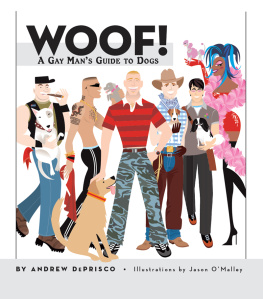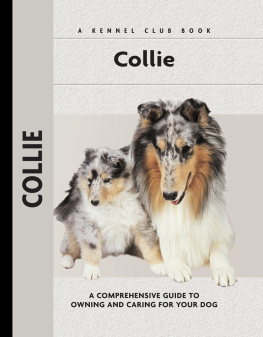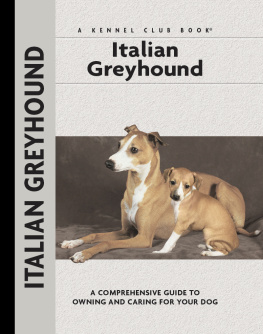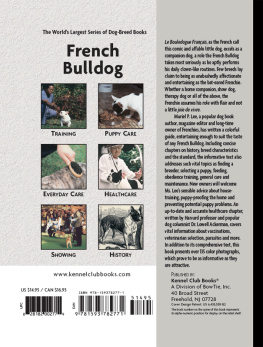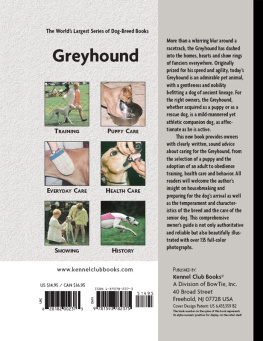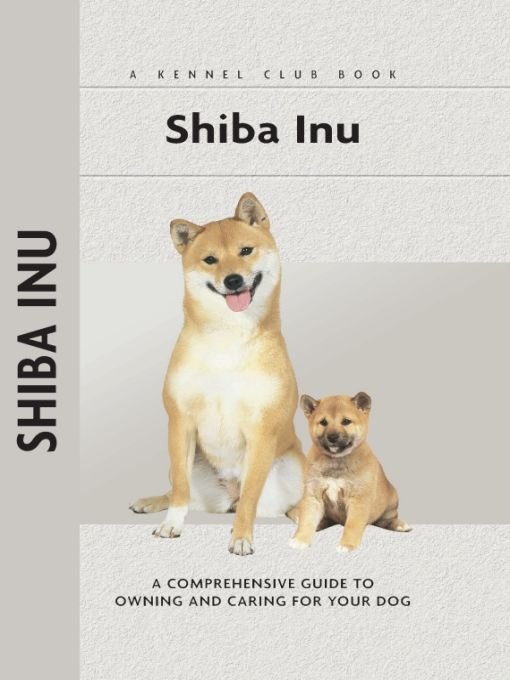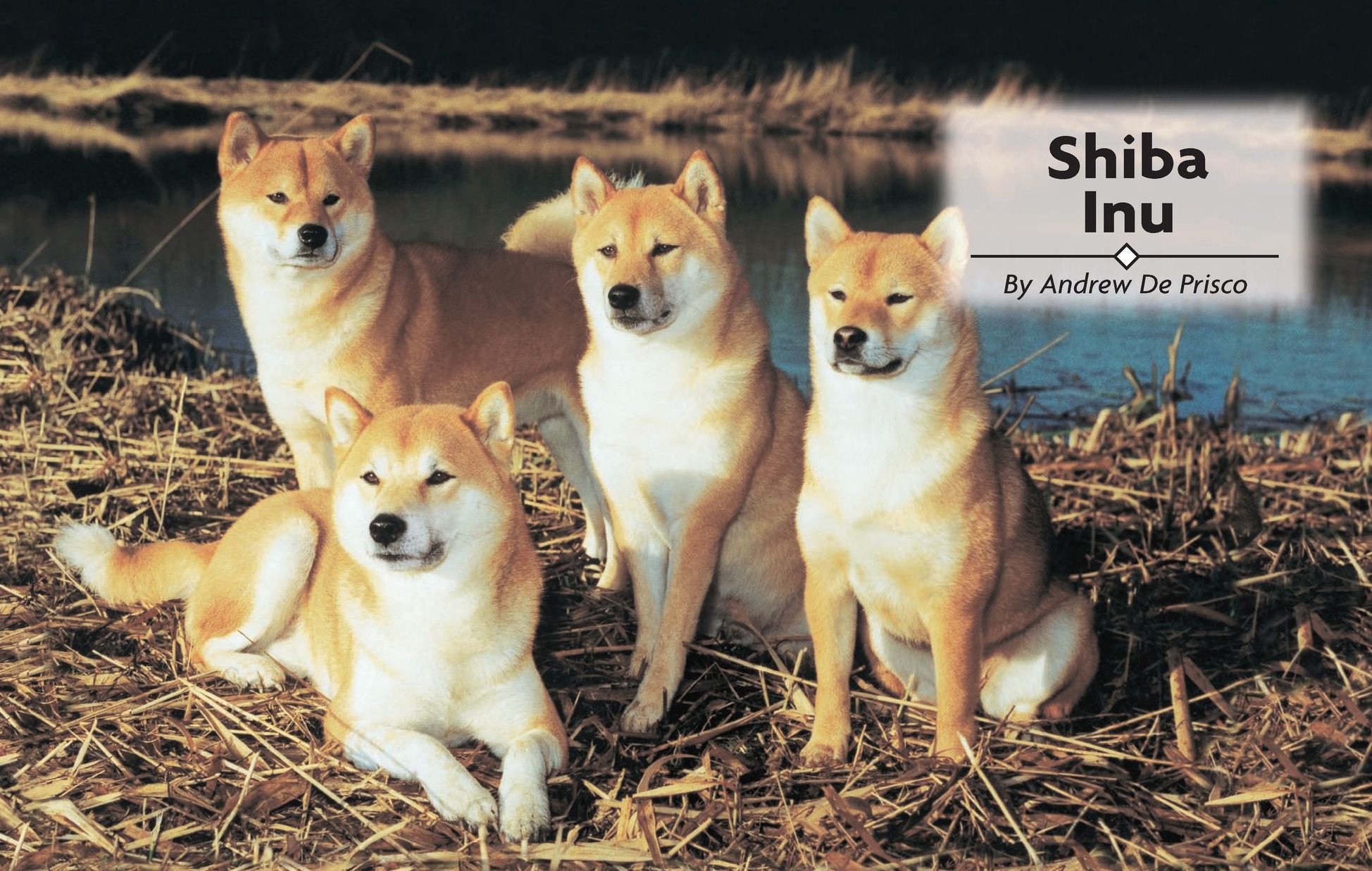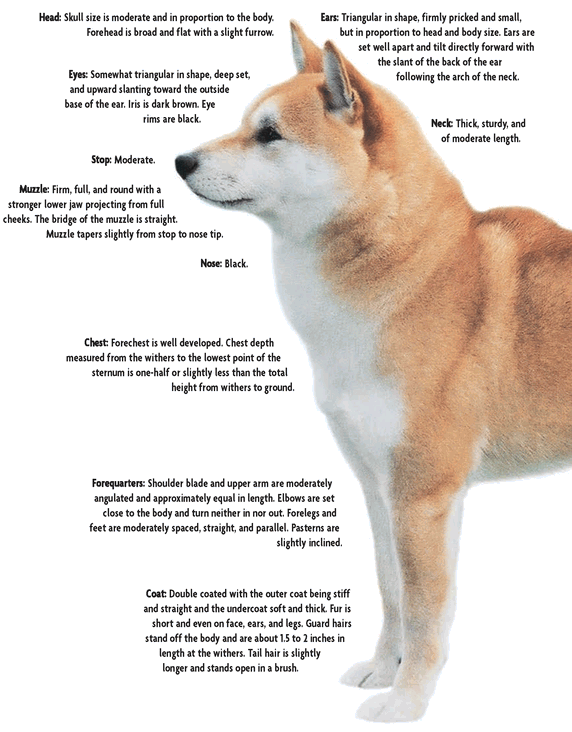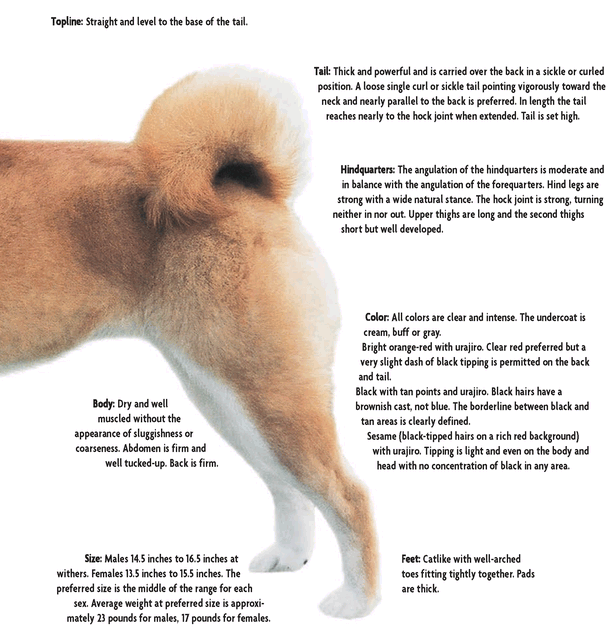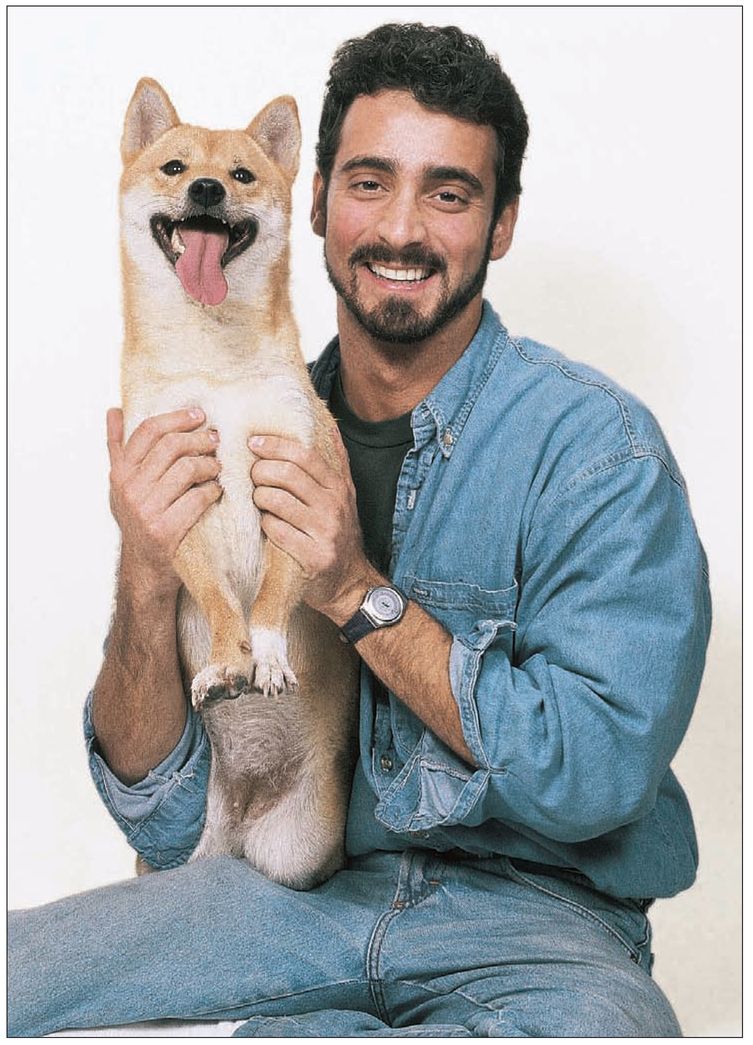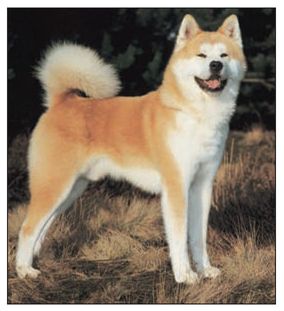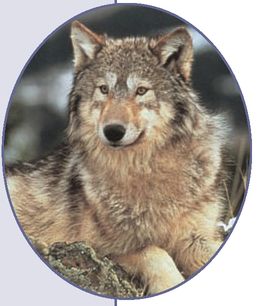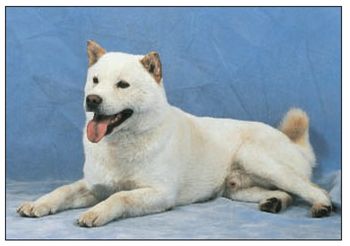Table of Contents
Physical Characteristics of the Shiba Inu
(from the American Kennel Club breed standard)
The author dedicates this book to his first two Shibas, the ever-smiling Kabuki and the wondrous, immortal Tengu, both missed dearly every day.
Author Andrew De Prisco, a prolific writer and editor of dog books, with his ever-smiling, everloving bitch Kabuki.
HISTORY OF THE
SHIBA INU
Isolated from intruders from across the sea, Japan basked in virtual independence for centuries. This highly ritualistic society, rather primitive compared to the Western world, with which it had very little contact until the latter half of the 19th century, was content to pass on its history and culture without interruption.
The nations indigenous dogs, regarded today as Natural Monuments, are mostly members of the spitz family, including the Akita, Shiba, Kai and many others. Spitz dogs derive from the colder climates and possess characteristic features that facilitate their survival in subzero conditions. Well-furred, erect and small ears protect the dog from wind and snow; a dense double coat provides insulation from the cold as well as coolness from heat, should the need arise; a well-furnished, tightly curled tail covers the dogs nose when he is sleeping in his typical circular position; a wolf-like muzzle warms the air through the long passages before entering the animals lungs. From the tiny Shiba to the giant Akita, all the Japanese spitz breeds share these essential physical characteristics.
The Shiba, the smallest of Japans spitz breeds, possesses all of these traits, plus a ton of personality and attitude. Among the Shibas cousins are the Akita, the largest and most popular of these indigenous spitzes; the Ainu, or Hokkaido, a fearless guard dog; and three other middle-sized dogs, the Shikoku, Kai and Kishu. Of these six Japanese breeds, only the Shiba and Akita have established followings outside Japan, although the other four are recognized by the Fdration Cynologique Internationale (FCI), the world kennel club association. The breed known as the Japanese Spitz is not related to the Shiba but to the Samoyed, in whose image the breed was created. Americans recognize the similarities between the Japanese Spitz and the Miniature American Eskimo Dog, also a solid white, abundantly coated Nordic dog.
The largest spitz breed of Japan, the Akita enjoys world-wide popularity, despite the unfortunate politics that have divided the breed into the Japanese Akita and the American Akita, also recognized as the Great Japanese Dog.
To Westerners, the notion of a small, efficiently built dynamo from Japan is an apparently modern one. However, history reveals that the Shiba Inu is much older than the Toyota Corolla or the Honda Accord, and goes even farther per gallon of gas! Archeologists in Japan have unearthed the remains of small dogs with curled tails dating back to 8000 BC. Experts assert that these diminutive but sturdily built skeletons represent the ancestors of the Shiba Inu. Based on pottery from the Jomon Period (8000 to 200 BC), these small dogs were used by men to hunt deer, boar and bear. Most scholars agree that the Shiba Inu is the oldest and purest of the Japanese spitz breeds.
TEN BREEDS OF JAPAN
There are ten Japanese breeds recognized by the Japan Kennel Club (JKC) and the Fdration Cynologique Internationale (FCI). The Japanese spitz breeds are divided by size, namely the Akita as the largest breed; the Shiba as the smallest breed, and four mediumsize breeds, Kai, Kishu, Shikoku and Ainu (or Hokkaido). Only the Akita and Shiba have established significant followings outside Japan. There are four other recognized Japanese breeds, including the giant mastiff breed known as the Tosa, the lovely toy breed known as the Chin, the solid white Japanese Spitz and the diminutive Japanese Terrier. Of course, the Chin is the most popular of these breeds worldwide. In Japan, the Shiba is the most popular Japanese breed, followed by the Japanese Spitz, Chin and Akita.
Shibas could be found in various regions of Japan, differing slightly in coloration, coat length and density, bone and maturation. These variations can still be seen in Shibas today, though breeders have strived to agree upon and establish one correct type. From the mountainous regions, the Shibas bred for hunting possessed heavier bone and coarser type. Colors varied from region to region: e.g., the intense red coloration of the San-In region dogs compared to the mottled black coloration of the Yamanashi region dogs. The Shin-Shu and Mino type dogs were smaller in size and lighter in bone, prized for their hunting prowess and boundless energy. The Mino Shibas possessed the darkest red coloration, the color preferred by most Shiba fanciers today, as well as dark brown triangular eyes, thick ears and a sickle tail (compared to the curled tail of the other Shiba types).
COLORS IN JAPANESE SHIBAS
Burning with the fire of the Japanese sun, the red Shiba Inu has become the most prized of the Shiba colors, though it is by no means the only recognized or desirable Shiba color. There are three colors in the Shiba: red, red sesame and black and tan. Some controversy existed over other colors, including white (which is acceptable in other Japanese breeds but not Shibas) as well as gray and brindle (both of which are seen in other Japanese breeds but do not exist in Shibas). The sesame color is created by a combination of black and white hairs with the principal color red. The term urajiro describes the desirable white coat markings on the Shibas muzzle, neck and lower jaw, cheeks, chest, stomach, underside of tail and inside of legs. All three coat colors should have white in these areas.
CANIS LUPUS
Grandma, what big teeth you have! The gray wolf, a familiar figure in fairy tales and legends, has had its reputation tarnished and its population pummeled over the centuries. Yet it is the descendants of this much-feared creature to which we open our homes and hearts. Our beloved dog,
Canis domesticus, derives directly from the gray wolf, a highly social canine that lives in elaborately structured packs. In the wild, the gray wolf can range from 60 to 175 pounds, standing between 25 and 40 inches in height.


